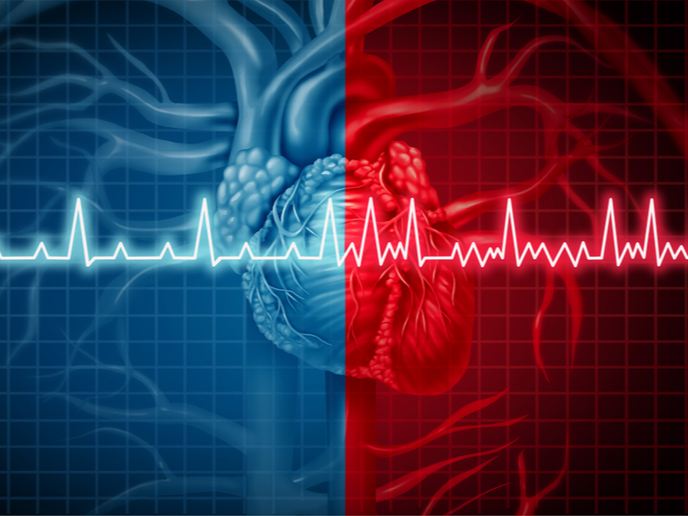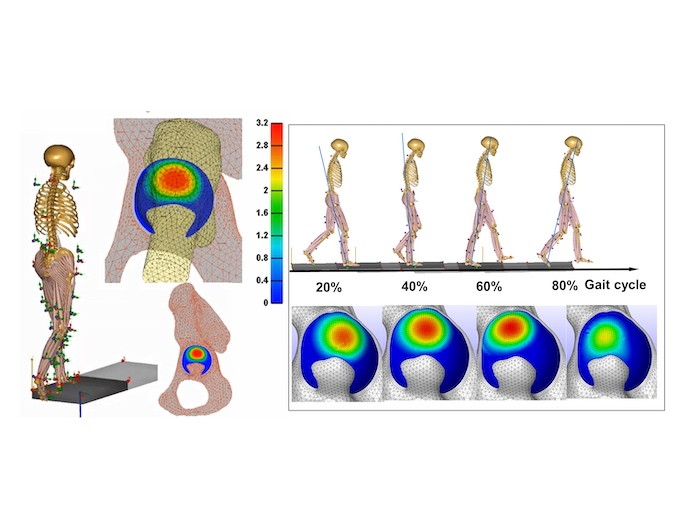Improving quality of new bone formation
Repair of bone fractures is a complex process that is negatively influenced by ageing and conditions such as osteoporosis. Bone-modulating drugs, grafts or scaffolds can improve the outcome, but a more detailed knowledge of the repair process is necessary to heal these fractures. Scientists on the EU-funded FRACQUAL (Novel therapeutic agents to improve bone quality during fracture repair) project proposed to study the bone healing process in young and healthy animals as well as in aged bone and bone affected by osteoporosis. To evaluate the quality of the newly formed tissue, they employed synchrotron radiation techniques that enable delineation of bone composition, mineral structure and mechanical function of the tissue. Researchers treated fractures with autograft, allograft and a combination of the drugs bone morphogenetic protein (BMP) and bisphosphonate to explore improvements in bone formation. The anabolic effect of BMP and the anti-catabolic effect of bisphosphonate overcame the limitations of allografts and led to a better outcome compared to using autograft alone. The efficacy of the treatment was equivalent in osteoporotic rats, and similar between young and older rats. To enhance bone formation further, researchers tested a collagen-hydroxyapatite scaffold for its capacity to promote bone healing. Despite its success in calvarial bone defect, this particular scaffold required the addition of BMPs to heal the bone in the challenging environment of a long bone fracture. Investigating the molecular composition and mineral structure of the newly formed bone surrounding a fracture, scientists observed that the callus tissue had a lower degree of mineralisation and collagen maturity than the cortical bone. Surprisingly, the bone-promoting drugs did not significantly alter the resulting molecular composition or the mineral crystal structure of the newly formed bone. In another part of the project, the researcher used X-ray scattering to unveil the similar nanostructure among all species. Taken together, the FRACQUAL project findings provide fundamental knowledge on the process of bone healing and the impact of ageing or osteoporosis. The proposed combinatorial treatments could improve the amount and quality of the newly formed bone as well as decrease associated complications and morbidity.







